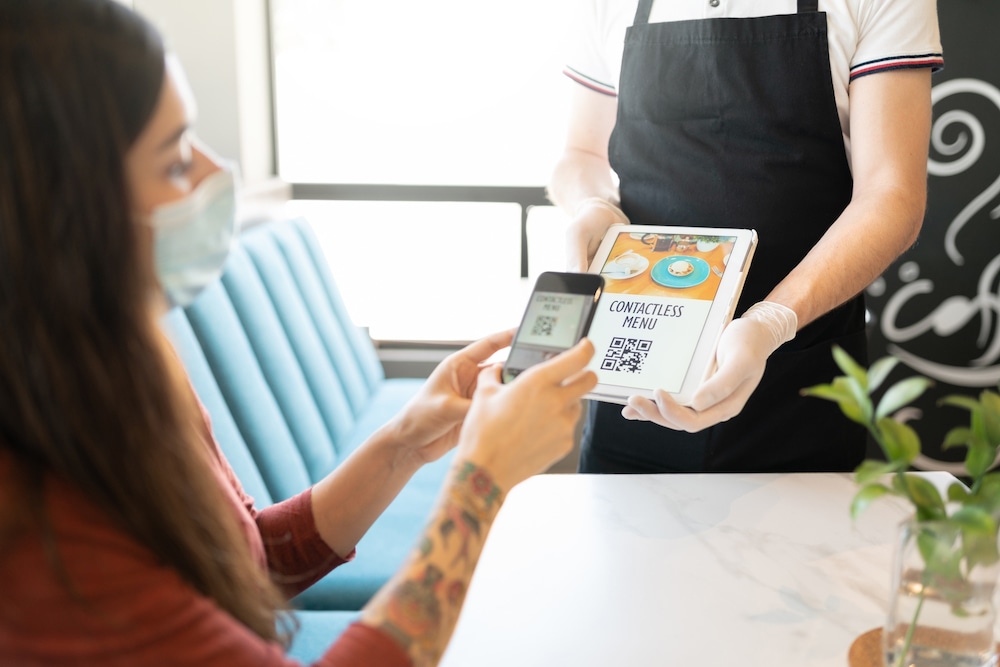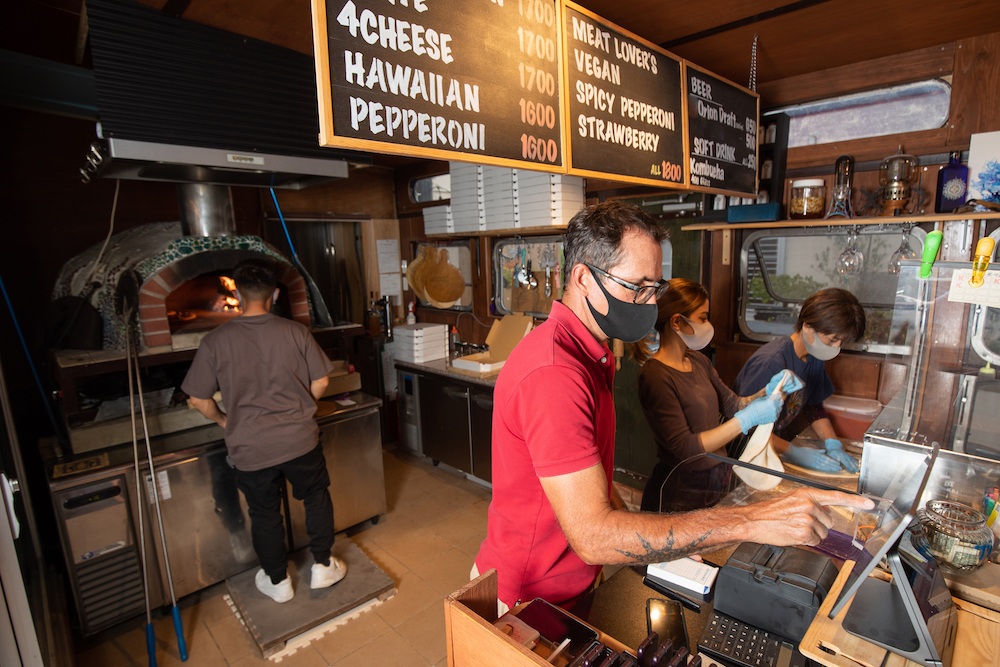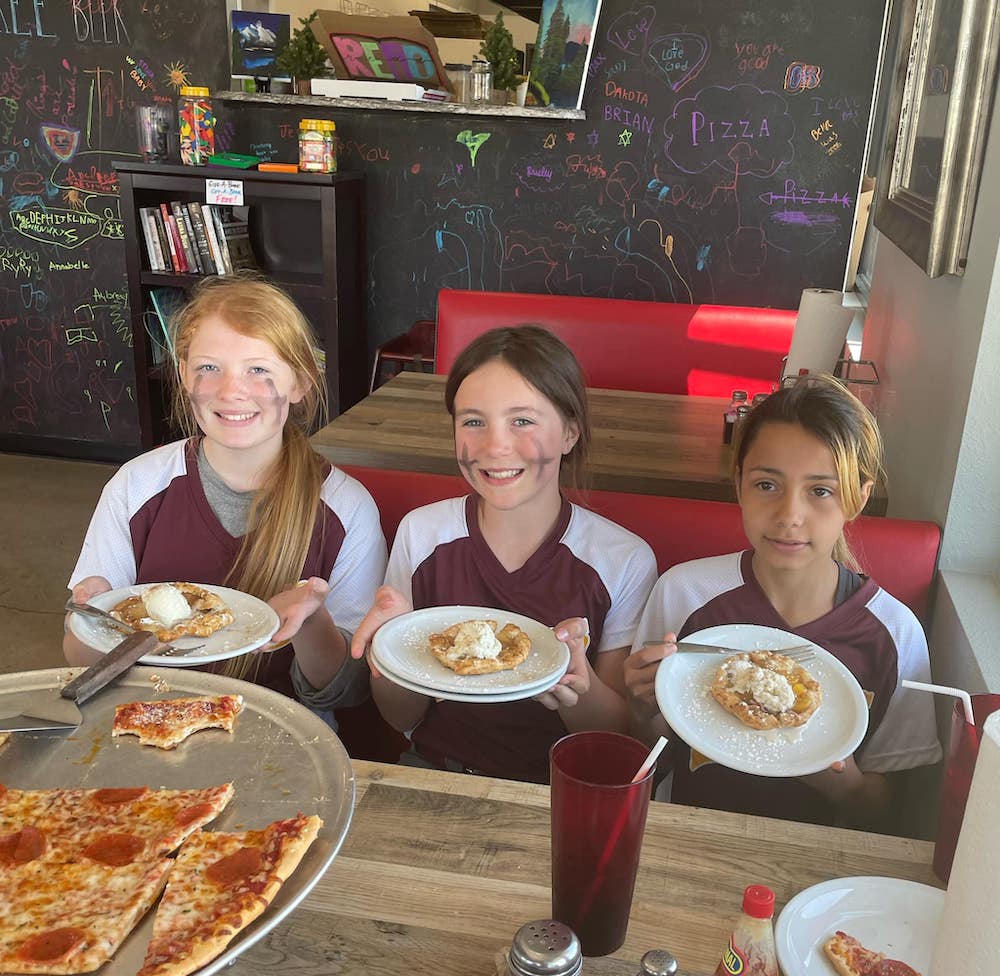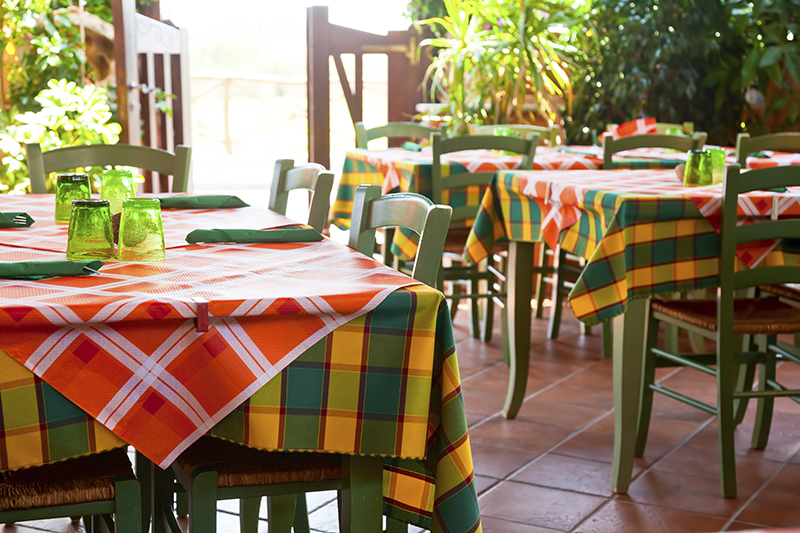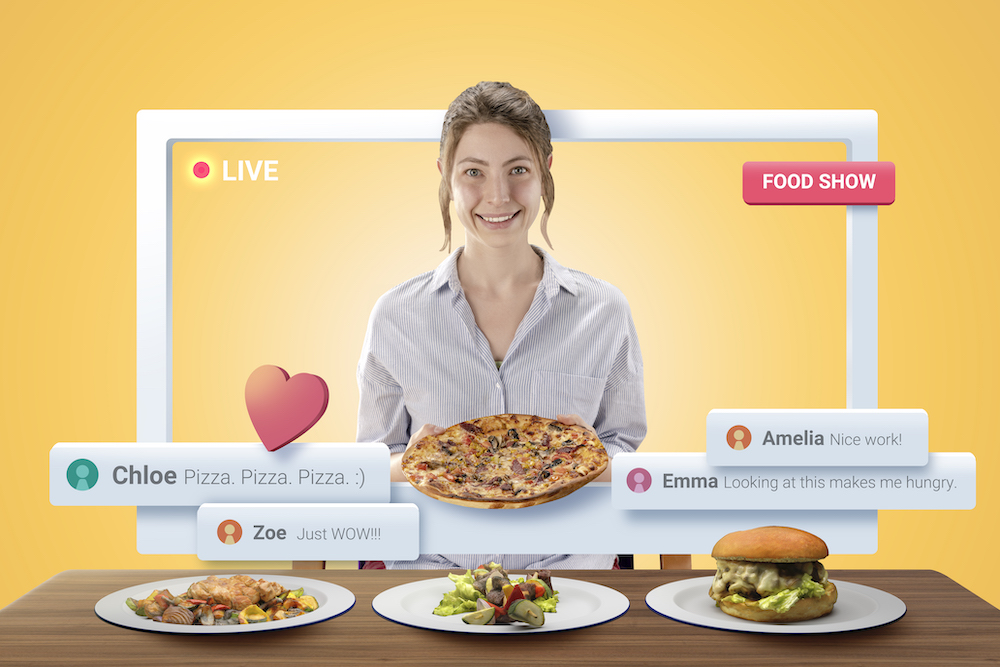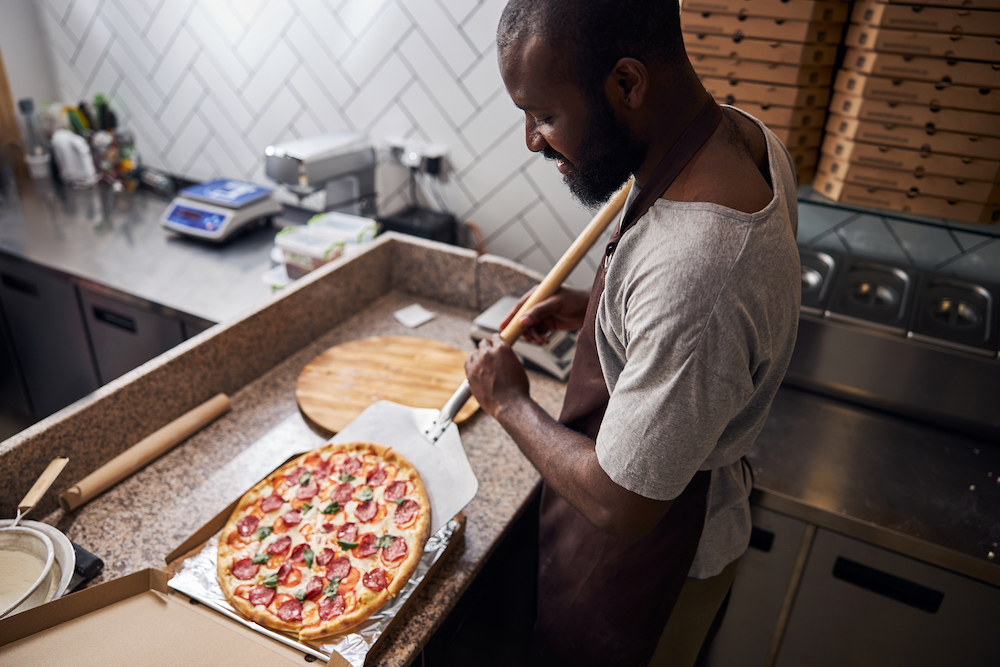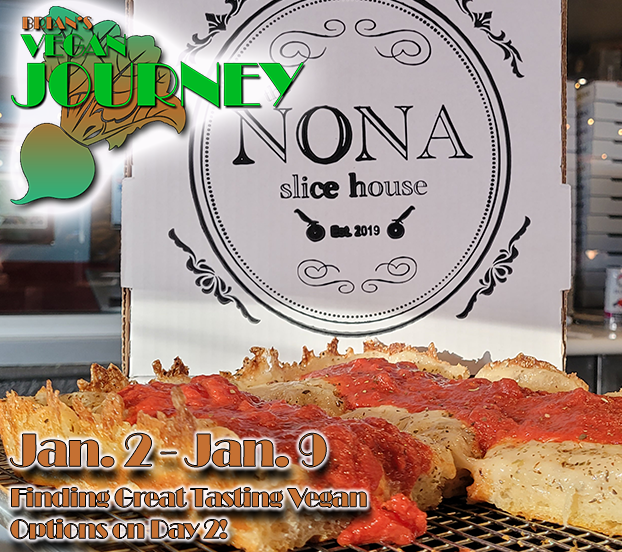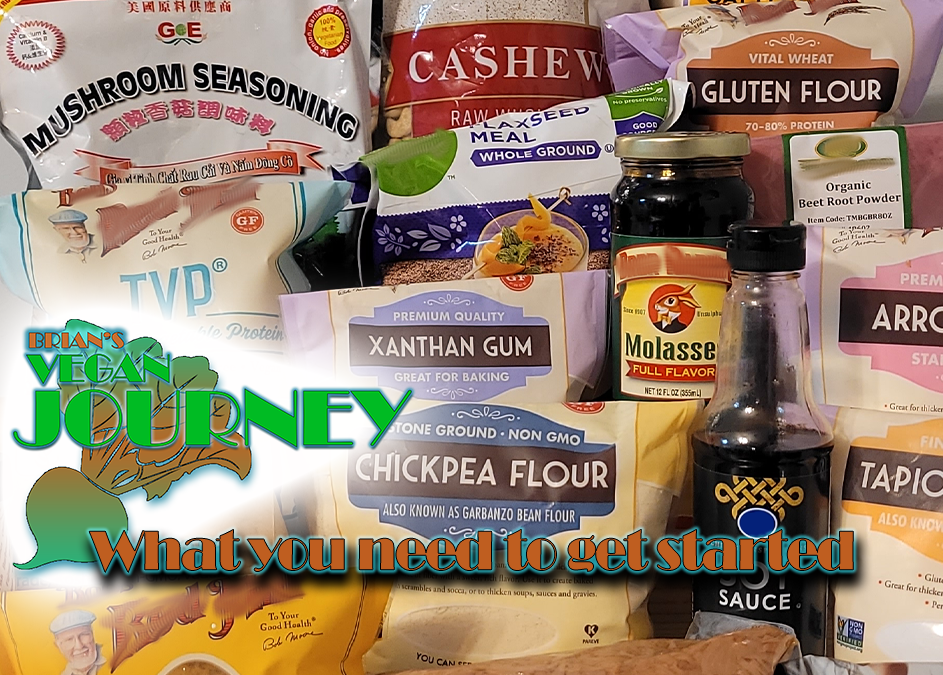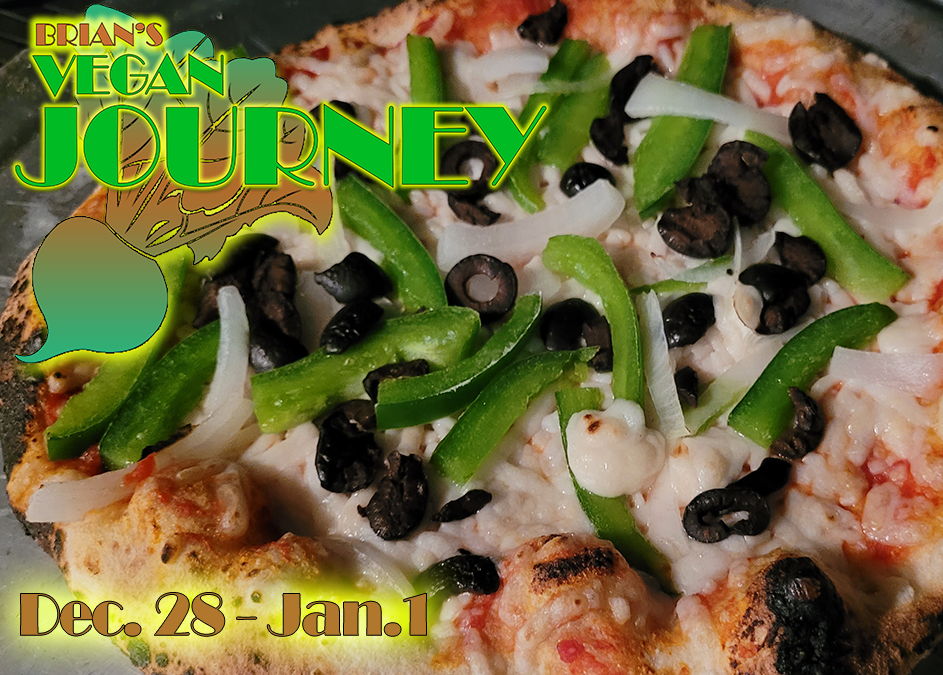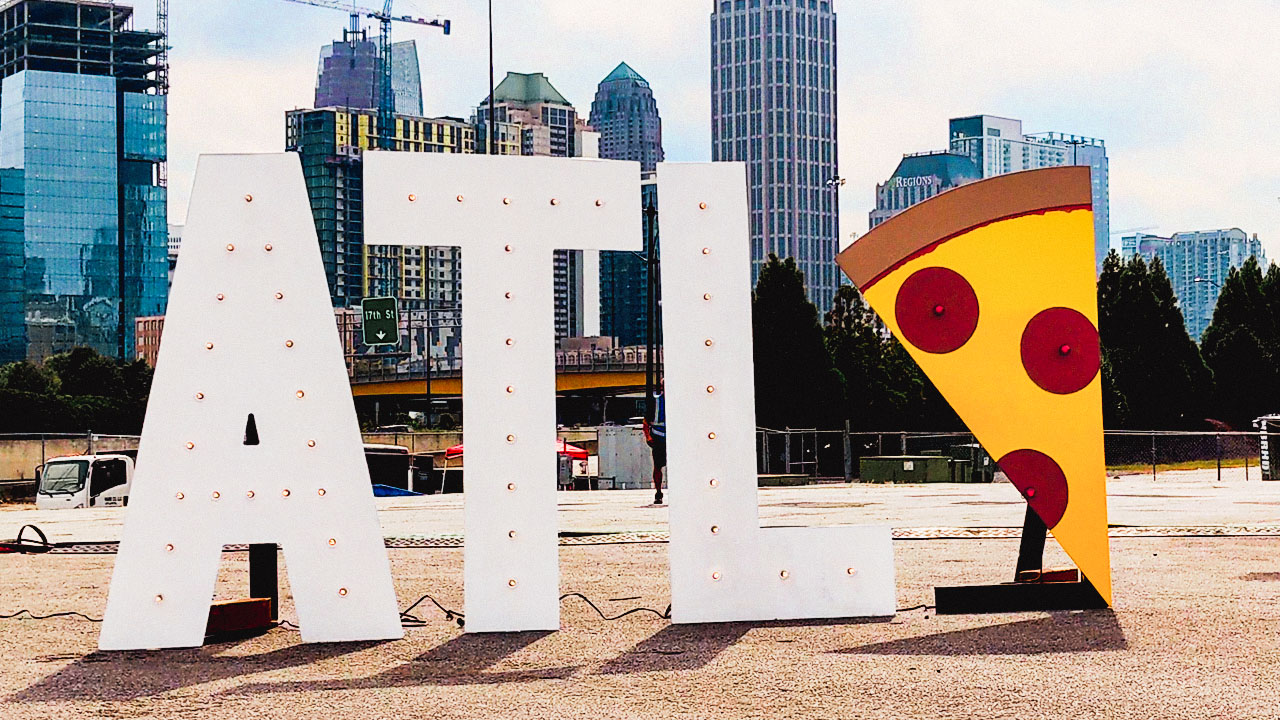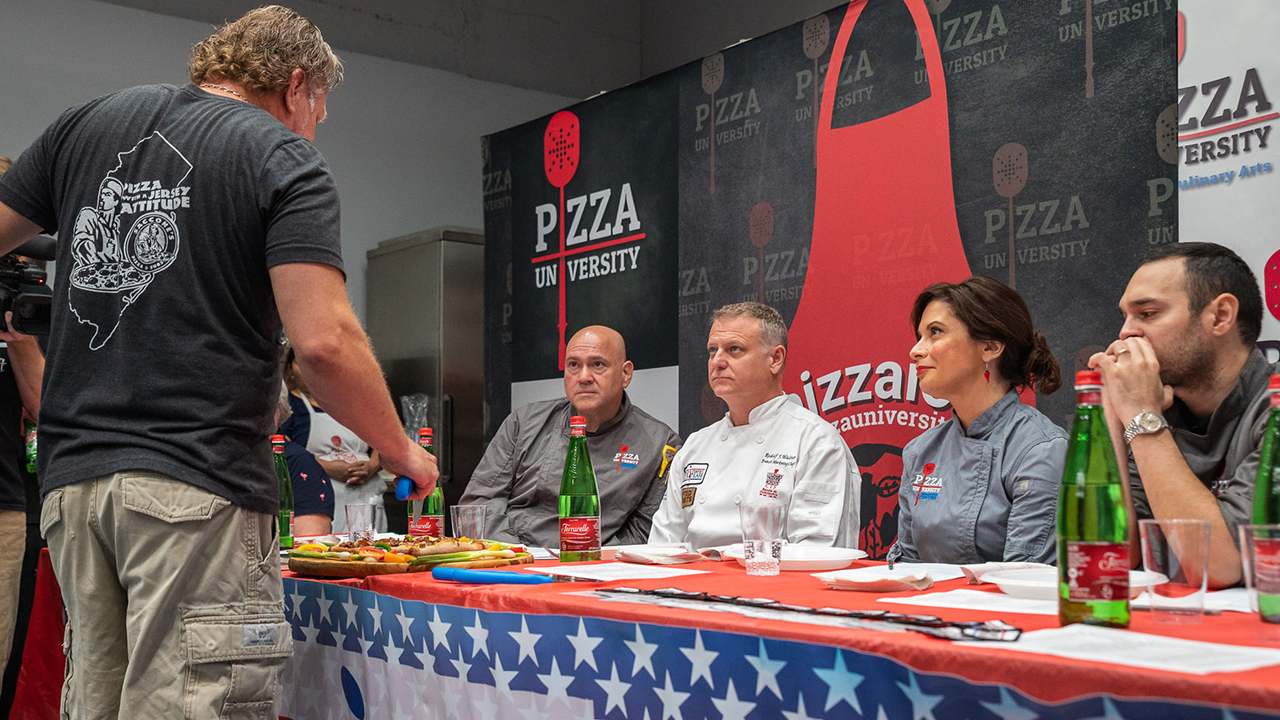For restaurants reopening their dining rooms, the No. 1 safety concern is how to prevent the spread of COVID-19 via shared surfaces and other points of contact. Many have turned to QR codes to give customers an easy way to access the menu without having to pick up and handle a physical one that other customers have touched.
QR codes, while a great alternative to physical menus, come with their own challenges. The primary one is how to put the actual code in front of your customers so it can be safely scanned. Here are seven ways to display and promote QR codes in a socially distanced and eye-catching manner.
1. Posters. Posters are a simple yet effective means to post QR codes where customers can see them. You can print them for cheap, and several online services allow you to create custom poster designs with your QR code front and center. Post them on your walls for dine-in customers or in your windows for passersby to scan. Make sure you print the QR code large enough so customers don’t need to crowd around the poster to get a clean scan.
2. Table Tents. With table tents, you can put QR codes right in front of your customers where they’re seated. These free-standing marketing pieces can be set up on tables or bars, so customers can scan them and quickly bring up your menu on their phones as soon as they sit down. You might want to include a note on the table tent that says, “Please do not pick up or touch.” If customers handle the table tent as they scan the code, it defeats the purpose of ditching your menu in the first place.
3. Tabletop Inserts. Similar to table tents, tabletop inserts let customers scan your QR code from the comfort of their table. An added benefit of tabletop inserts is the fact that your team members can quickly wipe clean the plastic holders when they clean the tables between customers, just as a precaution in case a customer touched it.
Related: How leading pizza chains are handling carryout and delivery
4. Flyers. Flyers are a great way to promote your restaurant in-store and around town. Rather than include your entire menu on the flyer, QR codes allow you to devote the majority of the design to the eye-catching elements that will stand out and get you noticed.
5. Menus. This may seem counterintuitive to the general idea of touchless menus, but a menu can actually be a great place for a QR code. As simple as QR codes are to use, some customers will not have the technical proficiency to scan them. Rather than waste important employee resources to show those customers how it works, it’s often easier to keep a few physical menus on hand and then clean them once the customer leaves.
Another bonus of including a QR code on your menu is that it gives customers the option to interact with your menu in the manner of their choosing. Do they want to flip through your physical menu? Great. Would they feel safer scrolling through it on their phone? Now they have that option, too.
6. Sandwich Boards. More and more, restaurants are relying on sandwich boards to communicate important messages to customers as they walk or drive by. Including a QR code on a sandwich board and setting it up on the sidewalk in front of your storefront allows customers to access your menu without having to enter your store, which is a delicate proposition for many people right now. Make sure your QR code is at least 4” x 6” for easy scanning.
Related: Exploring the growing potential of POS systems for your pizzeria
7. Business Cards. When you’re networking in the community, you can stand out from the competition by adding a QR code to your business cards. Although business cards aren’t contactless, they take the onus off the other party to find and browse your menu on their own time and makes it easy for them to look at your menu on the spot. Also, by prompting immediate action, you’re increasing your chances of sticking in the customer’s mind.
If you’d like to quickly customize and print any of the above products with your QR code, MustHaveMenus makes it easy with their collection of menu templates and marketing materials designed for QR codes.
Mark Plumlee is a freelance writer whose articles have been published in Full Service Restaurant, Modern Restaurant Management, Quick Service Restaurant, Hospitality Tech, That Oregon Life, The San Francisco Examiner, Blazersedge and other blogs. As a copywriter, he has helped restaurants and small businesses grow and define their brand for more than five years.



